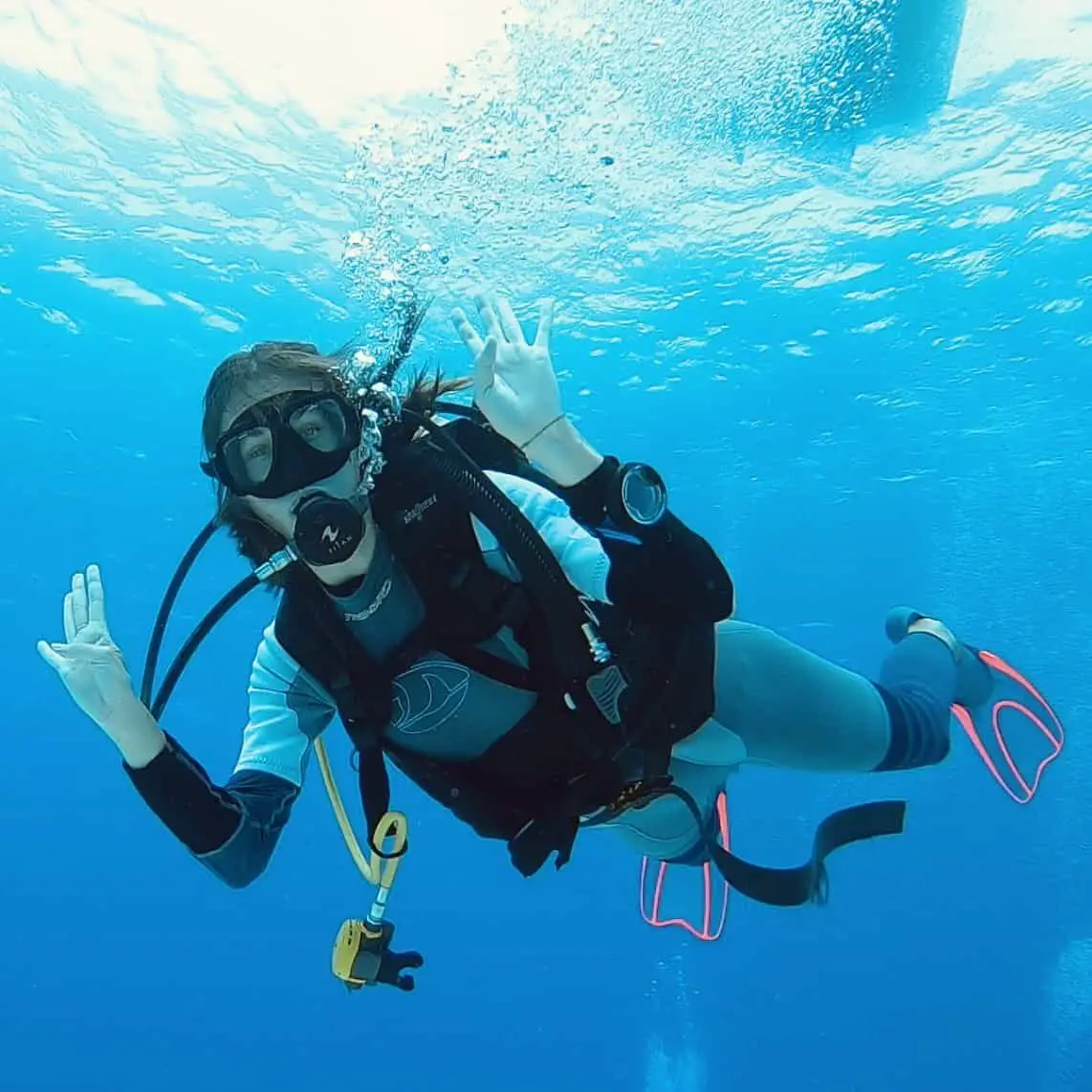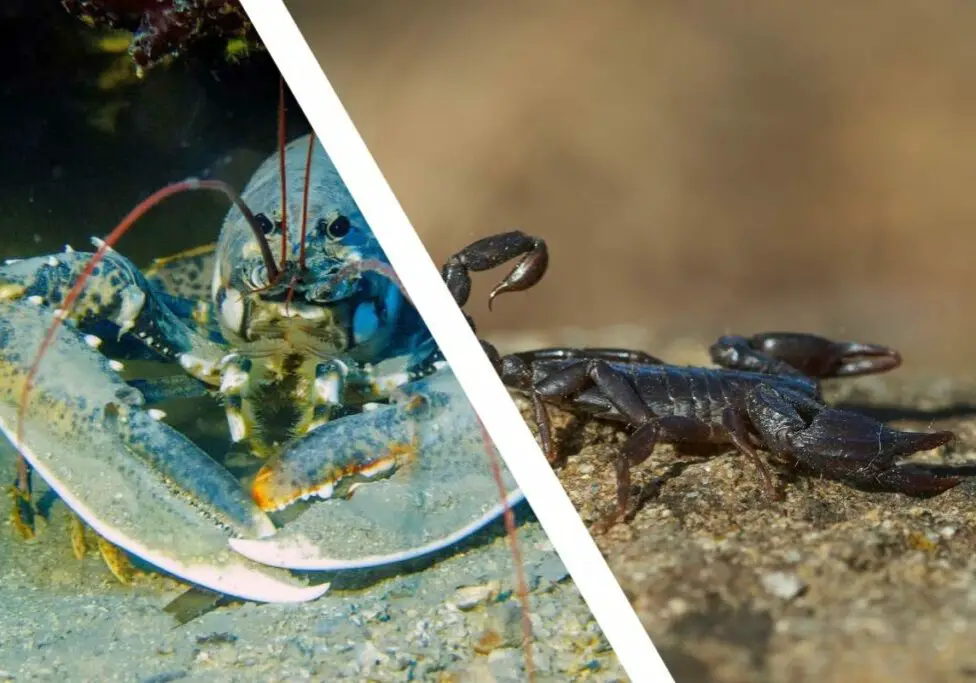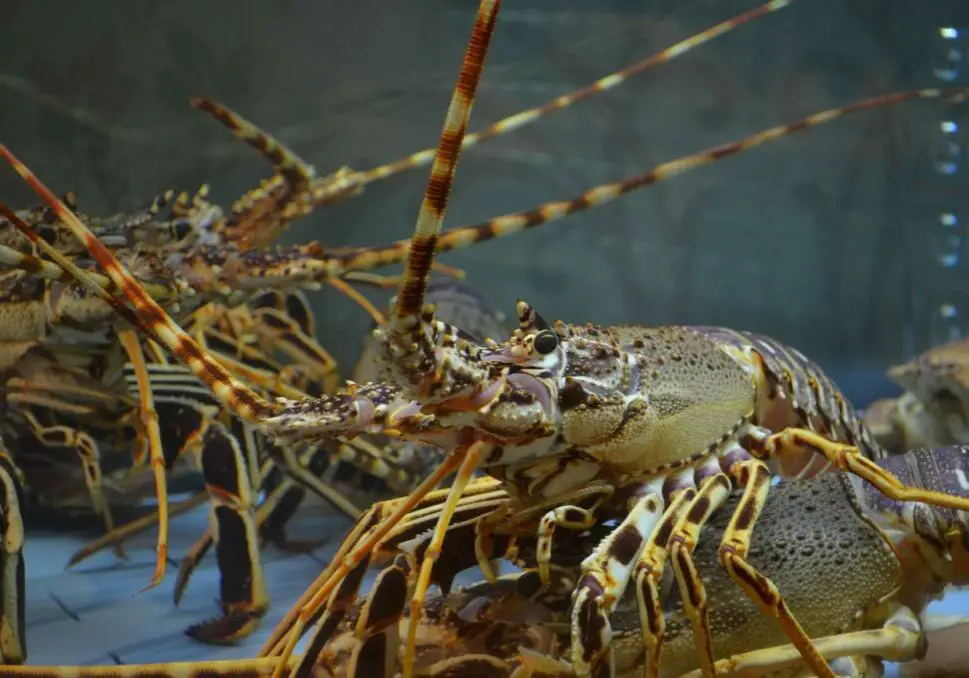Do Lobsters Have Lungs? (Explained)
Lobsters are animals that we can encounter on the bottom of the ocean, but maybe you have heard that lobsters can survive out of the water for a while. So, are lobsters exclusively marine animals that breathe through their lungs only, or do they have lungs? If you wondered about that, in this post, we’ll talk all about it. However, let’s begin with a quick answer:
Lobsters don’t have lungs. They breathe by absorbing oxygen from the seawater through their gills and can’t absorb the oxygen directly from the air without having lungs.
However, this certainly doesn’t tell the whole story. Below, I’ll explain more about how lobsters breathe and if there are any unique species that have developed lungs. Furthermore, I’ll explain if lobsters can survive out of the water, if they can survive in freshwater, and why they don’t have lungs. Read on!
How do lobsters breathe?
Lobsters breathe oxygen from the seawater using their gills, not lungs. The gills extend into the branchial cavity from the openings between the lobsters’ legs, called pereiopods, and are located inside the gill chamber that protects the gills. The gill chamber lies close to the lobsters’ heads.
There are three types of gills, categorized based on the site of implantation: podobranch, arthobranch, and pleurobranch gills. You can read more about lobsters’ gills in my other blog post here.
During the gas exchange, after the water enters the cavity through the opening, lobsters remove the oxygen from the water. Interestingly, lobsters can breathe only in seawater and can survive in freshwater, which I’ll explain more later.
Next, the oxygen goes to the circulatory system of the lobster, where the cells take it from the bloodstream and perform cellular respiration. The oxygen concentration is higher in the water than in the blood, so oxygen diffuses into the blood and allows the animal to breathe.
In the same way, the blood contains higher concentrations of carbon dioxide than the water, so carbon dioxide diffuses out of the blood at the same time oxygen diffuses in. This is similar to how our lungs work, except that aquatic animals like lobsters use water where we use air.
Interestingly, the water is driven through the branchial chamber by the action of scaphognathites, or gill bailers, the modified second maxillae. The beat of the gill bailers can reverse the water flow to clear particulate matter from the gill surfaces.
How much oxygen do lobsters consume?
When it comes to the oxygen consumption rate, it usually correlates with water temperature, degree of crowding, animal size, and feeding. For instance, crowding causes higher animals’ activity as they walk more, and as a result, they consume more oxygen. When it comes to size, smaller animals consume more oxygen than large ones.
Are there lobsters that developed lungs and gills?
No, no lobsters developed both lungs and gills. They have no need to do that as they live at the bottom of the ocean, where they don’t even have access to the air. Moreover, swimming to the surface would be very difficult for them as they mostly swim horizontally.
However, it’s worth mentioning that some of their close relatives developed lung-like structures. For instance, the coconut crab is a crab species whose gills evolved into the branchiostegal lungs. They’re a spongy tissue, something between gills and lungs. They still need to be kept moistened, but they can actually exchange gas with the air. Lobsters, however, do require water in the gas exchange.
Another interesting example is the fish species called lungfish. These fish have “lungs” which are modified swim bladders. Other fish species use swim bladder for buoyancy in swimming, but the lungfish can absorb oxygen from the air by using it. Why would these fish have this unique skill?
In nature, everything happens for a reason. Lungfish live in rivers and lakes in Africa, South America, and Australia. They have to manage a life-threatening situation, which is drought. During low water levels, they secrete a thin layer of mucus around themselves that dries into a cocoon. They can live out of water in this cocoon for up to a year, absorbing oxygen from the air only until it rains again.
Can lobsters breathe air and survive out of water?
No, lobsters cannot breathe air directly, but they can survive out of water for a certain amount of time if their lungs stay moist. They need water on their gills to survive out of the water as they can only extract oxygen from the water. Usually, they can survive for a day or two.
If their gills become too dry, they will move closer together, reducing the amount of oxygen the animal can absorb. Eventually, they will collapse, causing suffocation. This may be one of the reasons why lobsters almost never come close to the shore.
Interestingly, crabs can survive without water for longer, but they still need their gills to be moist. This is why we can often see them on the beach. When it comes to fish, they usually can’t survive longer than a few minutes out of the water.
You can read more about it and learn about the experiment in which lobsters were exposed to air: “Can Lobsters Breathe Air?”.
Why lobsters don’t have lungs?
Animals’ bodies, including humans, adapt to their environment. Nature helps us to develop the necessary body features to survive in our habitat. Lobsters’ habitat doesn’t require them to have lungs, but it requires gills.
Lobsters live on the bottom of the Pacific, Indian, Atlantic, and even the Arctic Oceans. They adapted to living in tropical coral reefs, rocky shores, mud, tidal pools, and sand to kelp forests. They also live in seagrass meadows and the deep sea.
These colorful creatures inhabit the intertidal zone and depths of about 480 meters. In none of these habitats, breathing the oxygen from the air is a requirement for survival, so the lungs would be completely unnecessary.
Can lobsters breathe in freshwater?
Lobsters can’t live in freshwater because of the changes in salinity. They live in a state of isotonic stability with the surrounding saltwater, which means that the same amount of water moves between body tissues and the salt water.
If a lobster was in freshwater, the state between the lobster’s body and the surrounding water would unstable. The cells of a lobster contain higher ions of salt and other minerals which would cause the water invading the cells, eventually breaking. This would kill cells as minerals try to diffuse into the water and dilute.
Read more about it in my other blog post, “Can Lobsters Live In A Freshwater?”
You may also like:

Welcome to Bubbly Diver!
I’m glad to see you here. This blog is created for all marine creature lovers by a bubbly diver - me, Dori :)


